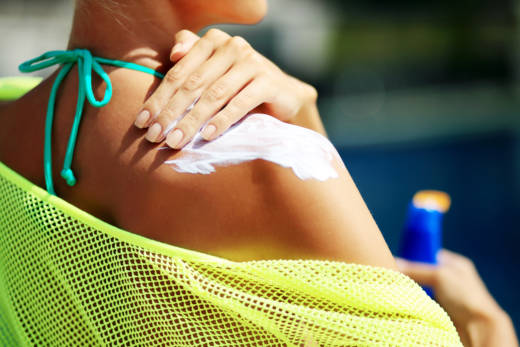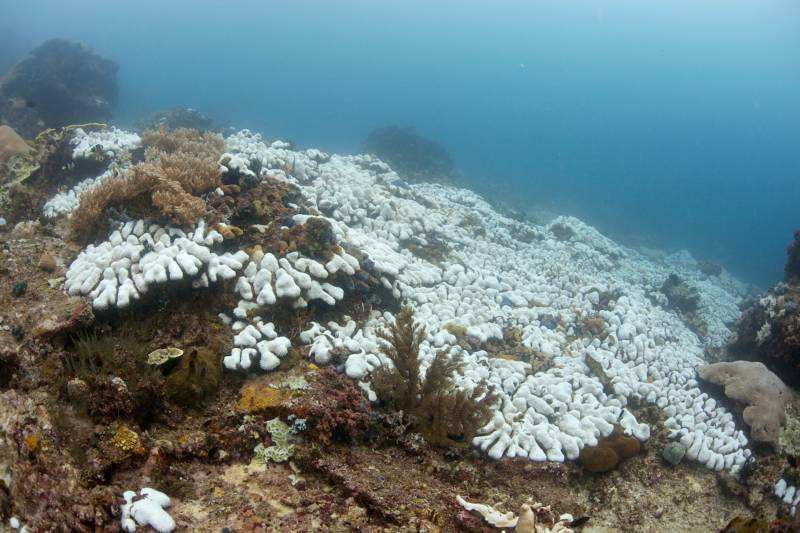An environmental group has petitioned the federal government to ban two coral-killing chemicals from sunscreen and personal care products, just weeks after Hawaii passed a law banning their sale due to alleged toxic effects on marine life.
On Wednesday the Center for Biological Diversity petitioned the Food and Drug Administration to ban products containing oxybenzone and octinoxate, noting that even a miniscule amount of oxybenzone is toxic to corals.
“The science is clearer every day that coral-killing chemicals are in our sunscreens,” says CBD biologist and lead attorney Emily Jeffers. “This is a nationwide problem and applies everywhere, even to people who don’t live next to the ocean. Whatever sunscreen people apply rubs off into water sources, which eventually flow back into the ocean.”
Climate change is already wreaking havoc on coral reefs, says Jeffers, and the added stress of chemical contamination is only deepening the crisis.
A widely cited 2015 study found that oxybenzone and octinoxate, which function as UV blockers, disrupt marine life and contribute to coral bleaching, which occurs when heat stress drives out nutrient-rich algae, which is the coral’s food source.

